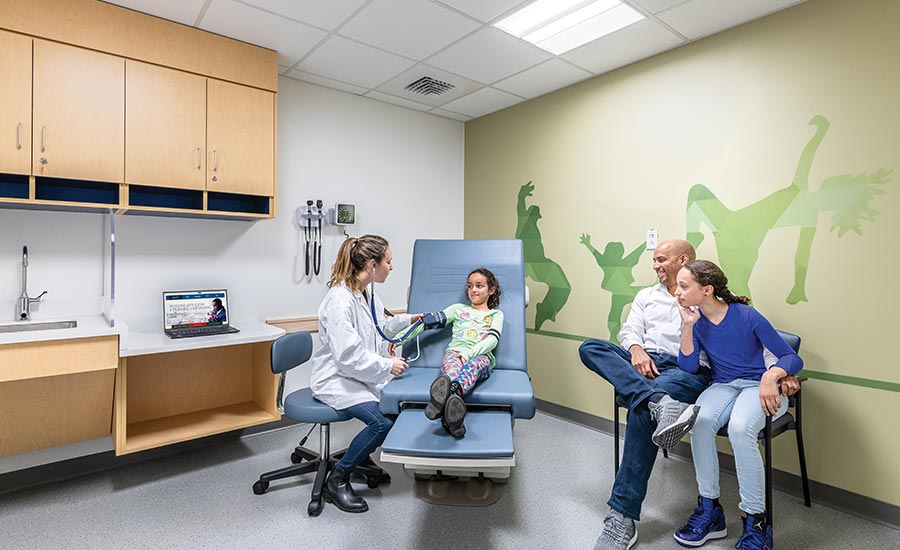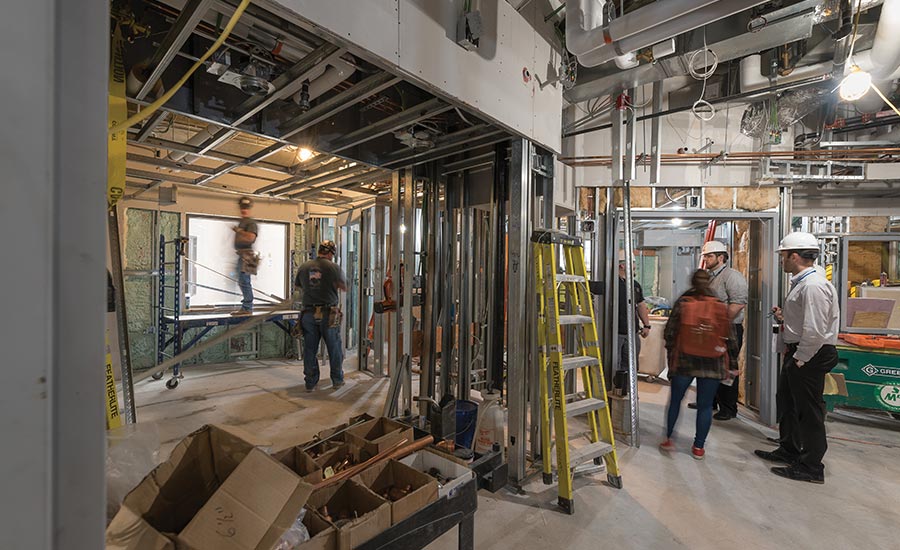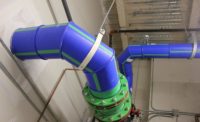“We design buildings, but we design for people.” Whenever I begin a project, I think of that statement. Each building should be designed around the user experience and staff functionality we are trying to maximize. Collaboration by each team member is key for a project’s success.
The Japanese business philosophy of Kaizen focuses on continuous improvement of all functions of a business, encouraging contribution by all employees. With the mere mention of Kaizen, many people think you are talking about a manufacturing process where you are trying to maximize efficiency and “trim the fat.” But other main tenets of Kaizen include encouraging engagement by all employees and the recognition that productive contribution ideas can come from anyone. This is the aspect of Kaizen I think about when translating this business concept for the health care design world.
As we transition the philosophy of Kaizen from a singular company that operates in relative isolation into the health care design industry, where many different organizations operate in conjunction with each other, we shift from considering the input of all employees involved to considering input from both the internal design team to the end users of the building. As a health care design team member, I often remind myself that our end product is not the hospital itself, but rather the experience of the staff, patient and supporting families who will inhabit the hospital long after we are gone.

Photo credit: SmithGroup
Practicing Kaizen in health care design
To better provide a comfortable patient and staff experience we must consider all ways in which the space will be used. This includes the facility’s operators who will need to keep the space operating at peak performance, as well as the contractor who is tasked with building what we design in a timely and cost-effective manner. Kaizen in health care design goes far beyond the contributions of all employees from one company and recognizes the value of contribution from all parties involved in the construction and operation of a health care facility for the design process. All parties operate as a design team and share the same end goal of making the patient experience as pleasant as possible.
As a mechanical engineer working on a health care design project, I have opened myself up to learning how the contributions of each team member can improve my own design. I make decisions about the mechanical system of a health care building based on the input I receive from the project team’s architect, contractor, health care provider, health care facility staff, contractors and patients.
Typically, the first project team member I interact with is the internal project team of architects, designers and engineers. We have a project kick-off meeting and develop a pull-plan. By working backward from the project delivery date, each of the trades establish delivery dates for particular pieces of information they need from the other parties to complete the design in a timely manner. For example, the electrical engineer will request any electrical information for equipment to be delivered by the mechanical engineer on a certain date. From there, the mechanical engineer will request the architectural floorplans be locked in at a certain date to allow time to complete mechanical calculations and size equipment so it can be given to the electrical engineer. By getting all project team members in one room interacting together, an organic design schedule begins to develop, where everyone’s input and needs are taken into consideration. This is not a top-down approach where the project manager dictates schedules, but rather a bottom-up, where the entire team’s contribution matters.
The Kaizen design process involves bringing the heath care provider into the design process. As a mechanical engineer, most of my interactions with care givers take place during the walk-through of the existing facility. Staff member feedback on how effectively the current systems are working and the overall comfort level of the space is invaluable. For me, maintaining a Kaizen mindset in this relationship has much to do with my own way of thinking. I see the health care occupants as a source of useful information who share valuable feedback rather than sources of complaints.
Of all the parties involved in the design process, hospital facilities staff are most likely to be negatively affected on a day-to-day basis by poor design decisions. This group is tasked with maintaining the systems we design to keep them at peek operation and so their input is critical to the design process. As health care facilities age and medical equipment continues to advance, facility expansions, renovations and infrastructure upgrades are much more common than a new ground-up hospital.

Photo credit: SmithGroup
Engaging with health care facility staff during site walk-throughs and follow-up meetings is critical for a successful project. Taking time to meet with the facility staff, understanding what types of redundancy they prefer, what issues they are having with their current systems and their preferred method of operation all help contribute to a better design. As project team members, we should enter these engagements with a Kaizen mindset, understanding the value each health care team member brings. I always keep in mind the facility staff will be operating the utility plant I designed long after I have moved on to a new project, and any mistakes I make would be impactful for years.
Many project teams are “design-bid-build,” with the contractor coming on-board once design is complete. Yet many facilities maintain close working relationships with preferred contractors. Having the opportunity to bring a contractor to the team during the design process can realize multiple benefits.
As we all know, we do not design in a bubble and projects have very real cost constraints that need to be considered. The contractor, along with a third-party cost estimator, can keep the project on budget by providing regular cost estimates throughout the design process. Instead of getting feedback from contractors after the design is complete, regular intervals of feedback can greatly help course-correct the design sooner. A design decision that may be too expensive for the project can be identified earlier, reducing any effort that may be wasted on it. Also, bringing a contractor into the process early on allows for a smoother transition from design to construction, often reducing construction time. I would much rather have a contractor let me know my radiant floor is going to be far too expensive early in the design development phase, rather than at a value engineering meeting after construction documents are complete.
In the traditional method of thinking about design, integrating the patient into the design process is often difficult. The patient is often a completely outside party to the design/construction process and finding a way to integrate the patient viewpoint into the design process can feel like a challenge. However, we have all been impacted by the patient experience. Whether you are an architect, contractor or engineer, you have been a patient or supported a patient at one time in your life.
To understand the patient perspective, we need to forget our engineering perspective, at least temporarily, which can be a hard thing to do in our professional setting. During the health care design process, it is important to reflect and remember what it is like to be in a doctor’s office, sitting on the exam table waiting for your test results or sitting in a waiting room hoping to catch a glimpse of a loved one on their way to recovery. It is important I remember the emotions of such moments and the vulnerability that these patients will experience.
Each morning, as I get ready to go to work, my wife is also getting ready to go off to her job as well. She works in a primary care clinic, interacting with patients on a daily basis. For me, each morning is a daily reminder that we design buildings to make the user experience as enjoyable as possible. When someone in going in for a procedure or treatment, the last thing they need to be concerned about is if they will be too hot or too cold. As engineers, we need to remind ourselves that we are not designing buildings, but we are designing a patient experience, which everyone can contribute to.





